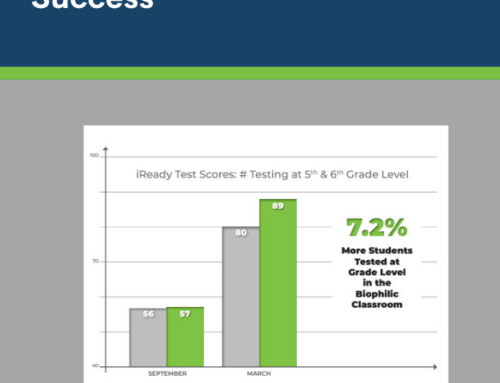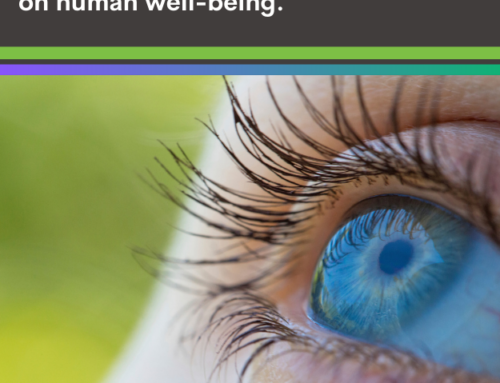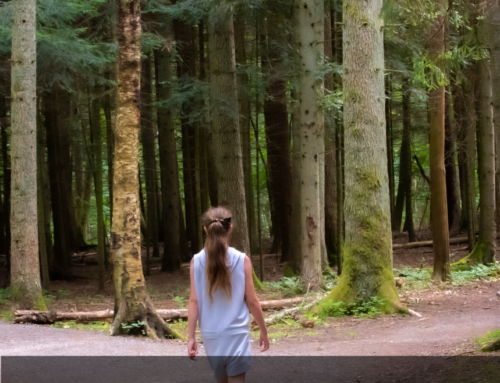The Biophilic Healing Index Predicts Effects of the Built Environment on Our Wellbeing

By estimating certain features of the built environment, we can predict positive healing effects that spaces and structures may have on users. This can be estimated before something is built. Anticipating people’s eventual response to a new building or urban space is a radically new tool that links design to public health. Nothing like this is performed in current practice, however, which makes no attempt to quantify assessments of future healing effects. The proposed “biophilic healing index B”- a number from 0 to 20- permits us to quickly evaluate those factors responsible for improved human health as a result of the environmental geometry. The biophilic healing index is also very useful for repair, since it identifies which aspects of an existing building or space could be improved by renovation. Different portions of a structure could have widely different biophilic healing indices.
Ten factors constitute the biophilic healing index, and identify different ways in which nature affects our body in an intrinsic yet subconscious manner. We expect healing responses from long-term physical experience of regions with a high value of the biophilic healing index. Existing data support this quantitative approach to designing healing environments. Experiments are proposed to explore the mechanisms responsible for the biophilic effect.





